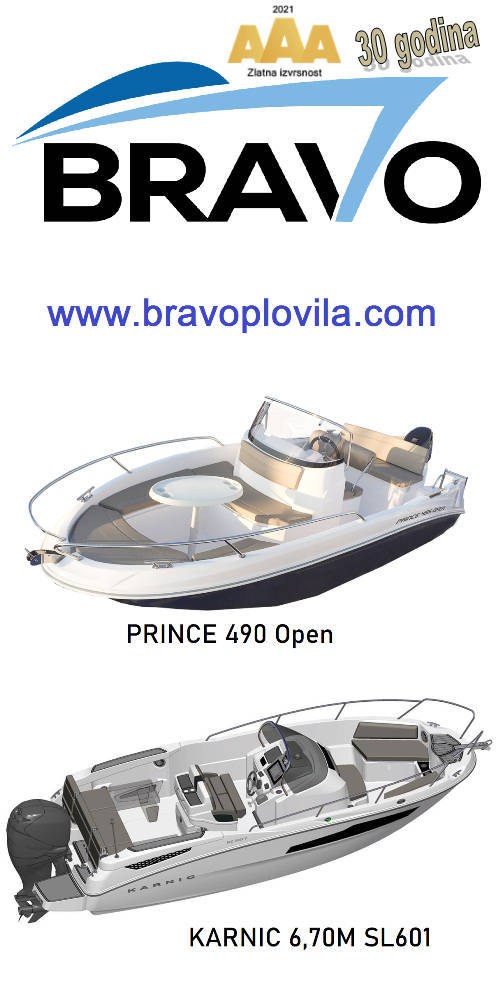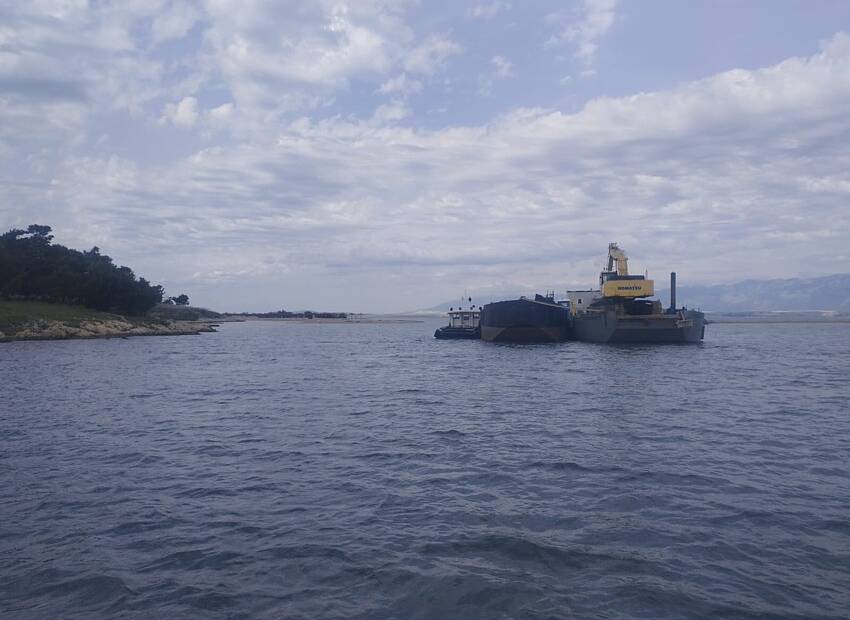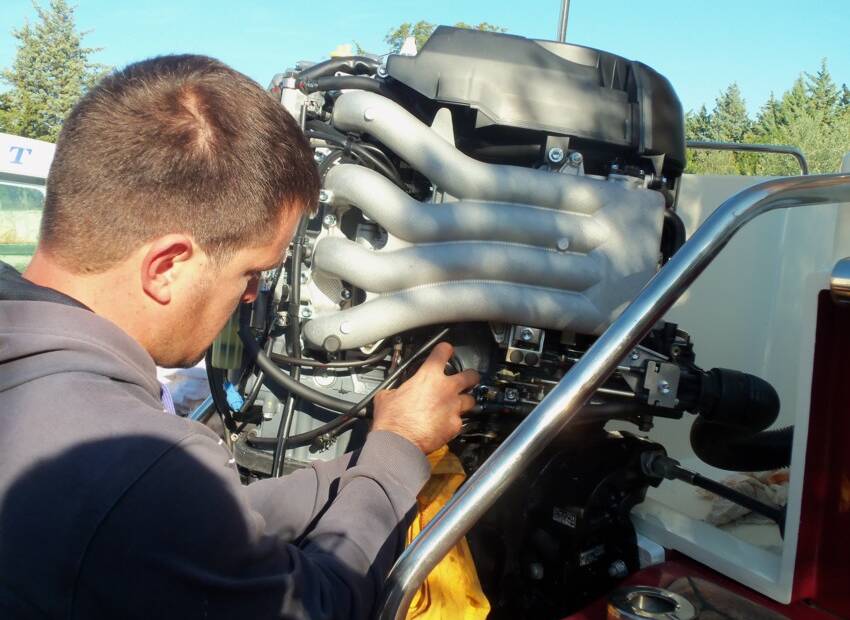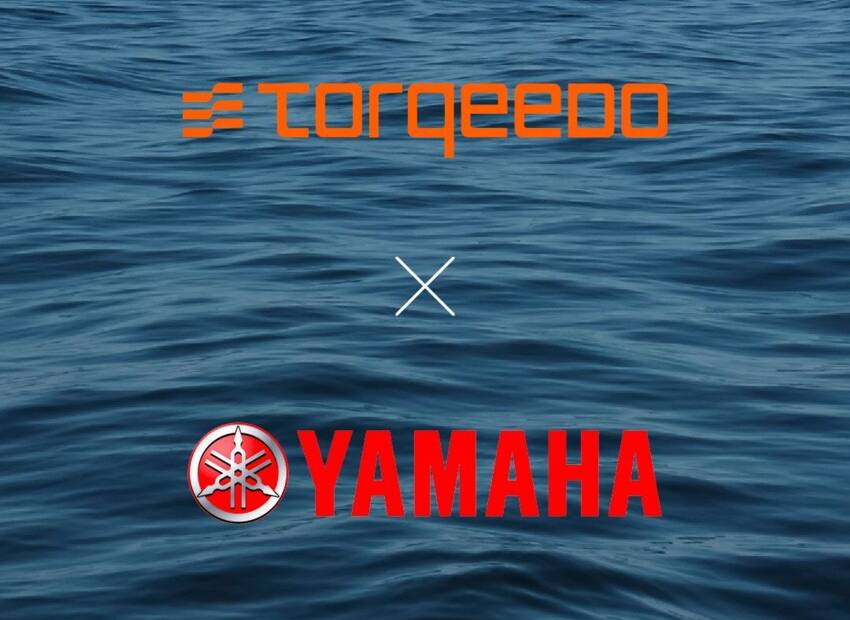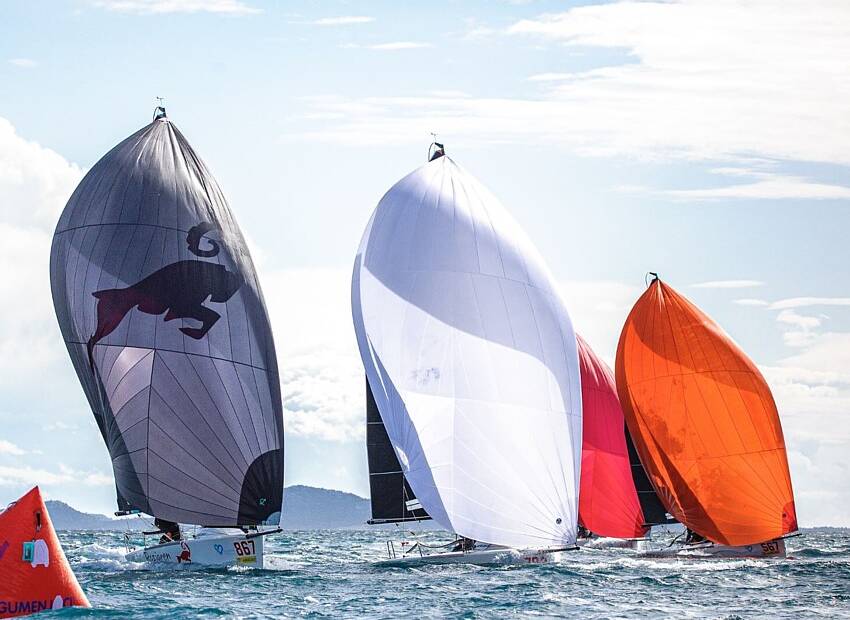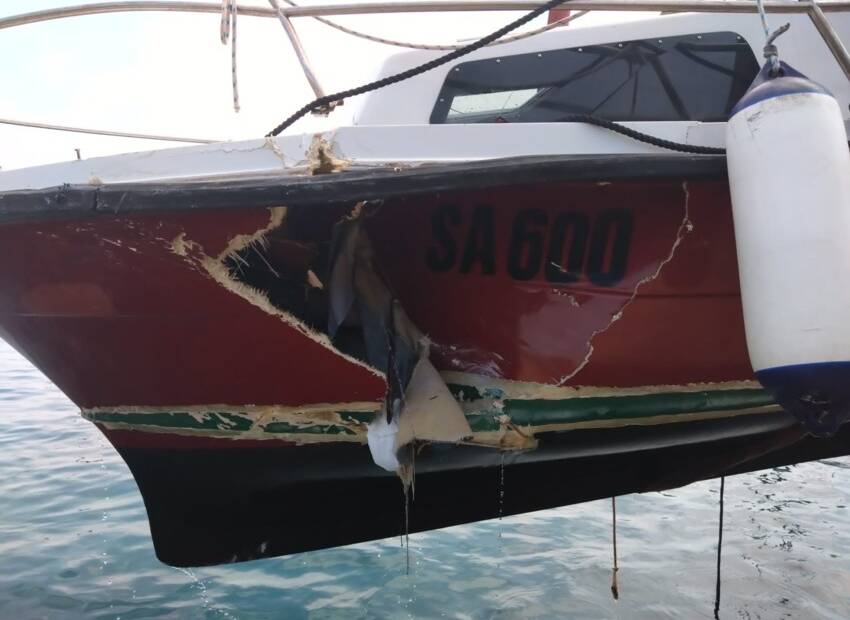If you want to read a good book that tells about heaving to as a way of decoupling your boat´s energy from the energy of stormy seas, read "The Venturesome Voyage of Captain Voss." It´s an awesome story by a man who sailed in the high southern latitudes and mastered the art of heaving to. He did it often, and he did it well.
Heaving to works because it does two things. It reduces your boat´s kinetic energy as close as possible to zero, and it creates a protective slick to windward (a zone of turbulence in the water on the windward side of your boat) as you slide to leeward in a square drift. Energy waves don´t propagate well into that slick zone of turbulent water and plenty of mariners will testify that approaching waves die out when they hit that turbulent zone of water to windward when they are properly heaved to. They report that breaking waves pass in front of the boat and by the stern, but the waves coming toward their beam diminish significantly in the zone of turbulence. That zone of turbulence is a killer of breaking seas, in a similar manner to the zone of turbulence behind a ship where the seas are quite flat although surrounding seas are large.
The protective effect of parachutes comes from three factors. First, the chute takes your kinetic energy down close to zero since your speed is close to zero. Second, because it holds you relatively stationary, it´s harder for the seas to transfer their energy to your yacht. And third, the parachute creates turbulent water - a turbulent slick - directly to windward, and seas coming from that direction lose their power when they traverse the disturbed water created by your chute. When you look at an aerial photo of a parachute sea anchor at work on the cover of the Drag Device Data Base book, you can see the parachute close to the surface being slowly dragged through the water in front of the yacht. When we used our chute we dragged the chute about a half to three-quarters of a mile in 19 hours. I am sure the chute created a zone of turbulence to windward directly in front of our yacht, and I suspect that it helped diminish the power of oncoming seas. It kind of puts you in an "Alley of Lower Energy" that saps the strength of oncoming seas. You are in the zone of disturbed water that becomes your port in the storm.
Parachutes work extremely well on our catamaran, and I am not sure which of the three effects are most powerful during a storm. It´s likely that all three effects are important to some degree, and they are cumulative as well.
Read the Venturesome Voyage of Captain Voss and be amazed at the power of heaving to. I am sure that Captain Voss would say reduce your kinetic energy as close as possible to zero by heaving to, and then watch the turbulent slick to windward protect your boat from the power of oncoming seas.
Reprinted with permission of - David Abbott, http://Maxingout.com
Photo: www.capizzano.com
Part 7: When to deploy chutes and drogues
Storm Management for Cruisers Part 7





